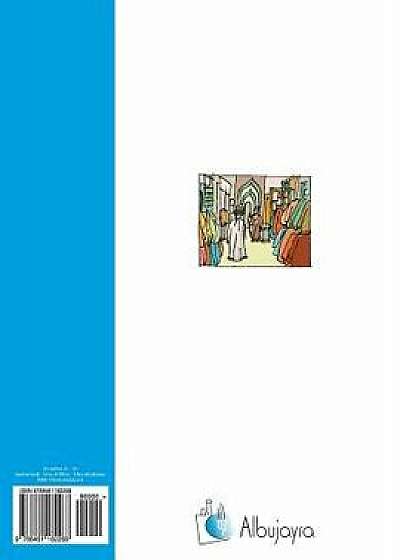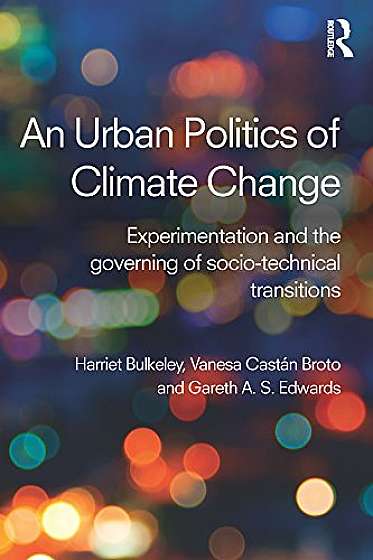
An-Nafura A1 - A2, Arabic Language - Student Book, Paperback/Alejandro Garcia Castillo
Descriere
Description An-nafura means fountain in Arabic. And in this textbook, An-nafura is the name of the building where different people from different cultures live. In this place, people meet and social interactions take place. A great diversity of Arabic culture nationalities (Moroccans, Algerians, Tunisians, Lebanese, Syrians...), together with other cultures which have Arabic as a common language for religious and legal issues (Turkish, Persian, Afghan...) and a big range of practising Muslims coexist in Europe. For that reason, this scenery has been chosen to develop the majority of the actions of the characters in this Arabic course offering real context situations. This course is aimed at any learner who wants to learn Arabic in a communicative way. The speakers in the audios of the book, lesson by lesson, use Standard Modern Arabic to communicate in daily life situations. The characters in the book belong to different Arab countries; so that the learner is able to get used to listening and understanding several accents. Moreover, a distinction has been made between printed Standard Modern Arabic, which is used, even for oral communication, by broadcasters on the media and Standard Relaxed Arabic, which is used by any literate Arabic speaker, who cares about using the right language structure but who does not decline and maintains local language variaties. As the main goal is to expose students to natural communication, the starting point in every unit is listening. It is hoped that students say what is previously listened to, and they write what is firstly read. That is to say, listening leads to speaking and reading enables writing. The student listens and learns new vocabulary by ear (that is the reason why the listening scripts are not printed on the main corpus of the lessons). Afterward, students speak to practise the new language. Then, they read and so they can see the taught lexis in written words. And, finally, they write what they have already learnt to





